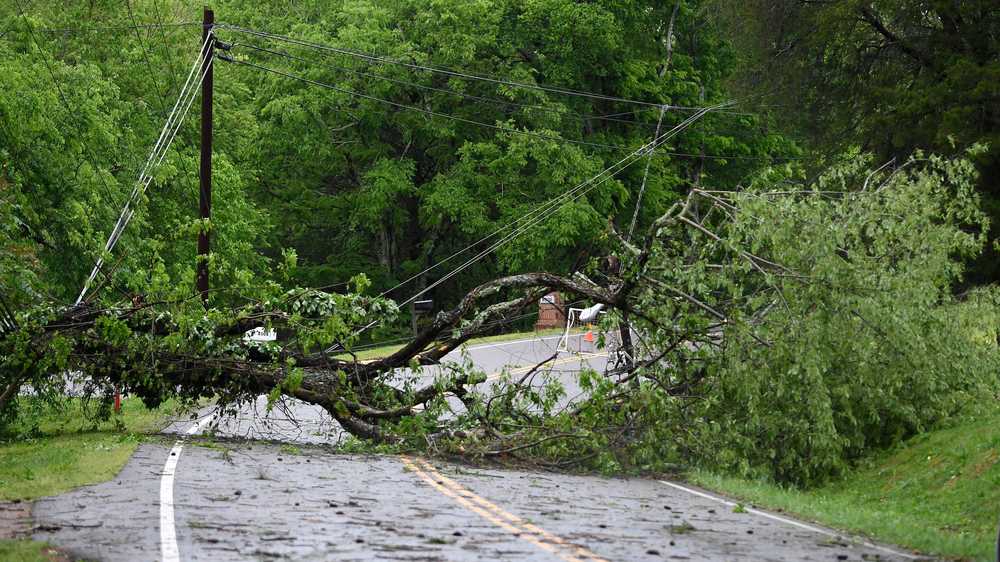CursedChrome shows how hackers can take full control over your Chrome browser using just one extension.



The triumph of Google’s AlphaGo in 2016 against Go world champion Lee Sedol by 4:1 caused quite the stir that reached far beyond the Go community, with over a hundred million people watching while the match was taking place. It was a milestone in the development of AI: Go had withstood the attempts of computer scientists to build algorithms that could play at a human level for a long time. And now an artificial mind had been built, dominating someone that had dedicated thousands of hours of practice to hone his craft with relative ease.
This was already quite the achievement, but then AlphaGoZero came along, and fed AlphaGo some of its own medicine: it won against AlphaGo with a margin of 100:0 only a year after Lee Sedol’s defeat. This was even more spectacular, and for more than the obvious reasons. AlphaGoZero was not only an improved version of AlphaGo. Where AlphaGo had trained with the help of expert games played by the best human Go players, AlphaGoZero had started literally from zero, working the intricacies of the game out without any supervision.
Given nothing more than the rules of the game and how to win, it had locked itself in its virtual room and played against itself for only 34 hours. It didn’t combine historically humanity’s built up an understanding of the principles and aesthetics of the game with the unquestionably superior numerical power of computers, but it emerged, just by itself, as the dominant Go force of the known universe.
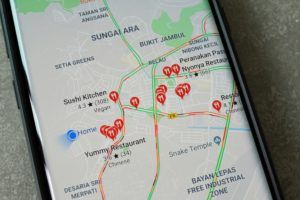
#Circa2018
The world’s largest meat processing company begins experimenting with machine learning in their plants. Developing and implementing these smart machines, capable of performing skilled and dexterous tasks, is pushing the current boundaries of automation.
JBS is the world’s largest meat processing company. With revenues of over $51 billion, it operates over 300 production units worldwide specializing in the processing of pork, beef, poultry, and lamb [1]. As meat and protein remain a mostly commoditized industry, JBS continually strives to maximize efficiency in all aspects of the value chain. To increase its processing efficiencies and worker safety, JBS bought a controlling share of New Zealand based Scott Technology, an automation and robotics company in late 2015 [2]. This move accelerated the implementation of machine learning in meat processing plants.

You may have heard of the expression, May the 4th be with you. If you don’t already know, May the 4th is unofficially Star Wars Day. The date was chosen for the play on words on the classic catchphrase from the movies. “May the Force be with you” and “May the Fourth be with you”.
The pop culture fan base for Star Wars embraced the May 4th date and popularized it. Lucasfilm and later Disney could not have a better day to advertise Star Wars stuff. This is a testament to the many Star Wars fans across the world who have chosen to celebrate the holiday. Lucasfilm and parent company Disney now also wisely have embraced the date as an annual celebration of Star Wars.
So you might be a die-hard Star Wars fan, or maybe you enjoy the movie. If you don’t like Star Wars, well, not sure why you are reading. Maybe you have a loved one and you are trying to figure out what to do with them on this very important day to them. So we are going to go on the assumption that you know at least a little something about Star Wars.
Alright, to the Coruscant of the article. (Hey, it is a Star Wars article after all!)

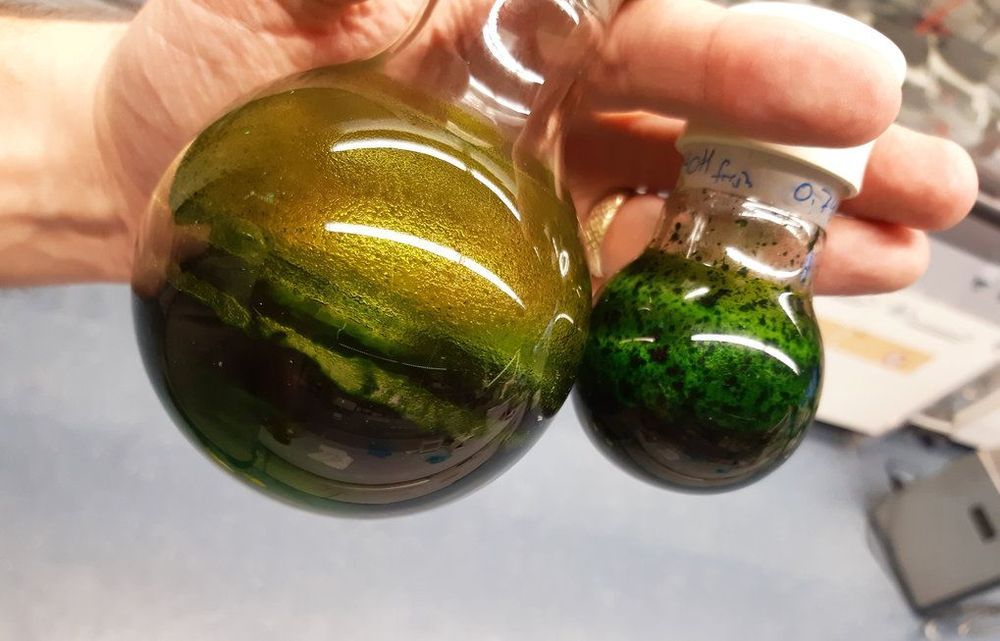
Key ingreduent of Madagascar “Miracle Cure” Artemisia Annua to be tested for COVID-19.
The Max Planck Institute of Colloids and Interfaces, Potsdam (Germany) will collaborate with ArtemiLife Inc., a US based company and medical researchers in Denmark and Germany to test Artemisia annua plant extract and artemisinin derivatives in laboratory cell studies against the novel coronavirus disease (COVID-19).
Currently, there are no effective treatments against COVID-19. Medications commonly used against malaria or Ebola, as well as antiviral drugs, are being considered for repurposing. Herbal treatments used in Traditional Chinese Medicine were explored to treat coronavirus infections during the SARS-CoV and MERS-CoV outbreaks. Initial studies in China showed the alcoholic extract of sweet wormwood (Artemisia annua) was the second most potent herbal medicine used on the 2005 SARS-CoV.
“I am excited about the international collaboration of academic and private sector scientists to conduct cell study testing of Artemisia annua against coronavirus.” said Professor Peter H. Seeberger, Director at the Max Planck Institute of Colloids and Interfaces in Potsdam.
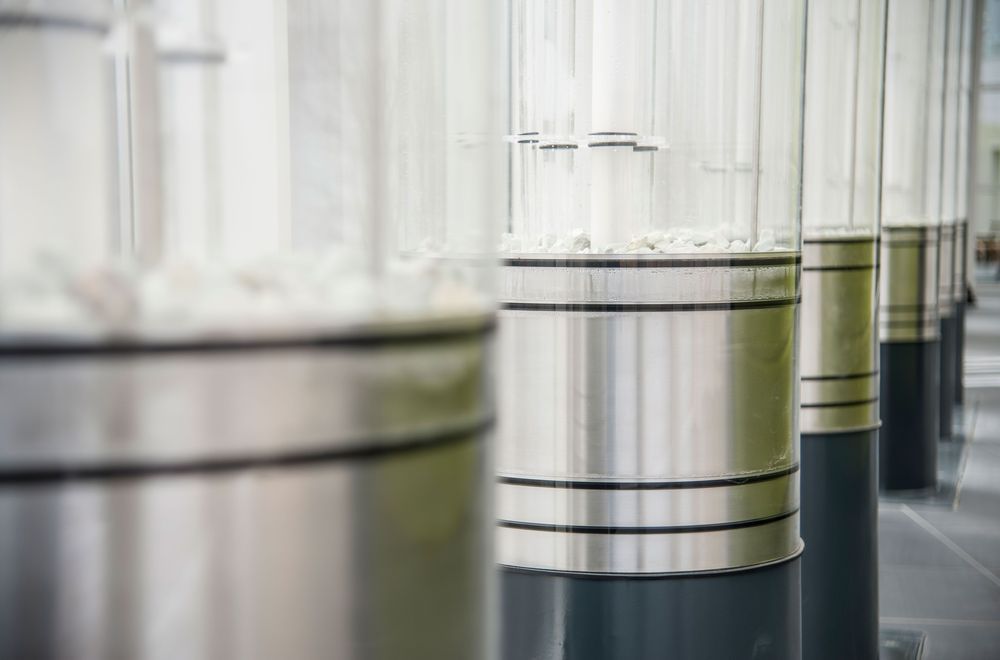
This can be good to purify the oceans and lakes.
Grow algae to reclaim water! Algae feed on the nutrients in wastewater, effectively purifying the water and producing oxygen during the process. Sunlight and LED lighting help the organisms to feed and grow, therefore our algae generators stand in the daylight filled Third Climate Zone. Water slowly recirculates through the six algae tubes, each of which has a steel base containing zeolite, a mineral that acts as a microbial filter, absorbing microorganisms that are not otherwise digested by the algae. The algae generators at Green Solution House are an important element of our on-site biological water purification system. The entire system can process 500 liters of water a day, which is used for irrigating the green wall and gardens and has the potential to be used for flushing public toilets in the building. The water cleaned by the algae is separated and further purified by UV light to reach drinking water quality.
Who’s behind it: Rambøll.
Where you’ll find it: In the Third Climate Zone.
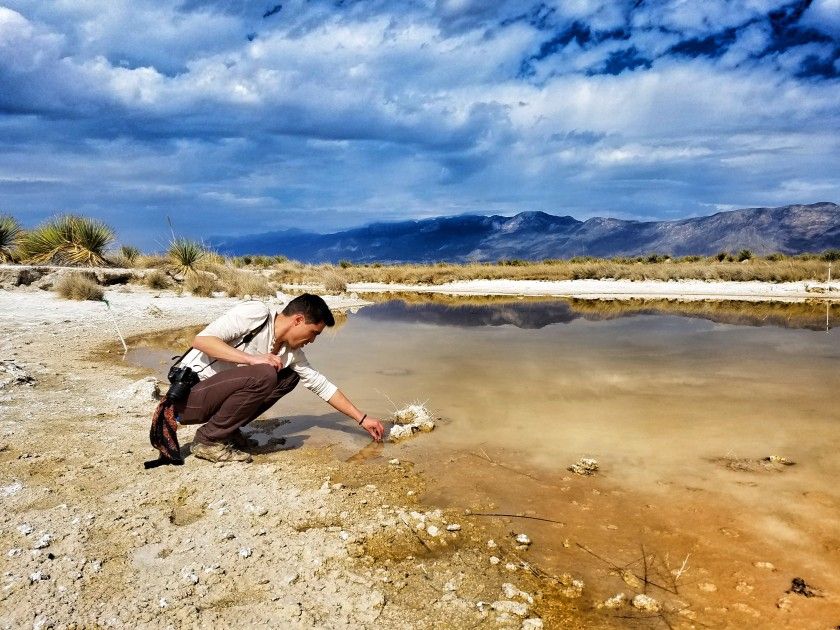

German researchers have identified a strain of bacterium that not only breaks down toxic plastic, but also uses it as food to fuel the process, according to The Guardian.
The scientists discovered the strain of bacteria, known as pseudomonas bacteria, at a dump site loaded with plastic waste, where they noticed that it was attacking polyurethane. Polyurethane’s are ubiquitous in plastic products because they are pliable and durable. However, when they reach the end of their usefulness and end up in landfills, they decompose slowly and slowly release toxic chemicals into the soil as they degrade. They are also notoriously difficult to recycle, according to Courthouse News.
